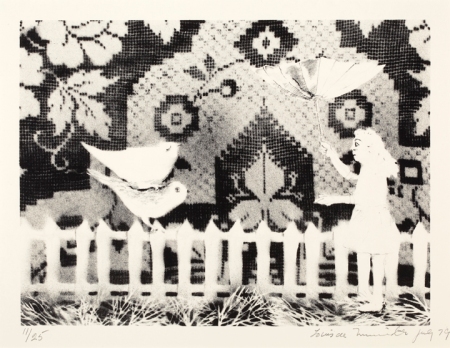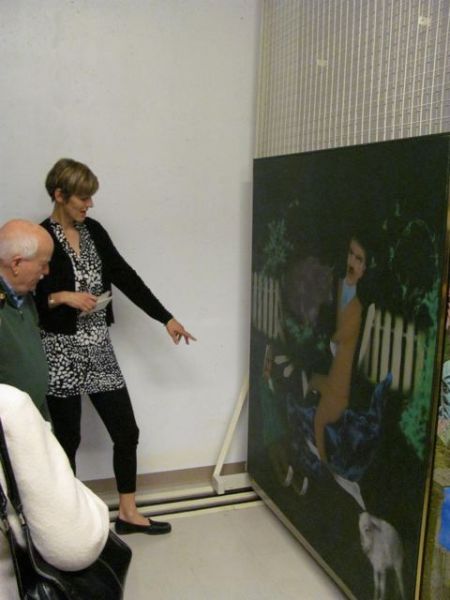At the RMG, we often get asked about what we do each day, how we got into the crazy museum world and also what skills would be needed to do our jobs. With graduation looming for many college and university students, we will be profiling members of our team to shed some light on what it is we do behind the scenes!
Today we sat down with Senior Curator Linda Jansma to learn more about her daily routine and how she came to the gallery.
The RMG: What’s a typical day like for you?
Linda Jansma: A typical day – well, I’m in the gallery at 7 a.m. – I’m an early riser and it’s amazing just how much one can get done between 7-9am! I always think I’m going to get writing done in those early hours of the day, but that rarely materializes. Email tends to come first, and with that, answering a myriad of questions from artists, the public or institutional colleagues. How did we do our jobs before email!!
My days can include:
- A studio visit
- Writing grants
- Researching or writing an essay
- Working on the installation of an exhibition
- Connecting with donors of works of art
- Bringing new works into the collection through donation or purchase
- Writing artist, curator or guest writer contracts
- Giving tours of exhibitions
- Jurying exhibitions at other institutions
- Critiquing student works at colleges or universities
- Reading current magazines, articles, books on contemporary art or museum practices

Linda Jansma poses for Museum Selfie Day 2015
RMG: How did you get into this field? What skills or training do you need for your job?
LJ: I have an honours BA and a MA, both in Art History. Being able to multi-task is an important part of being a Curator: dropping what you’re doing to pick up something else (like writing this blog!), is key.
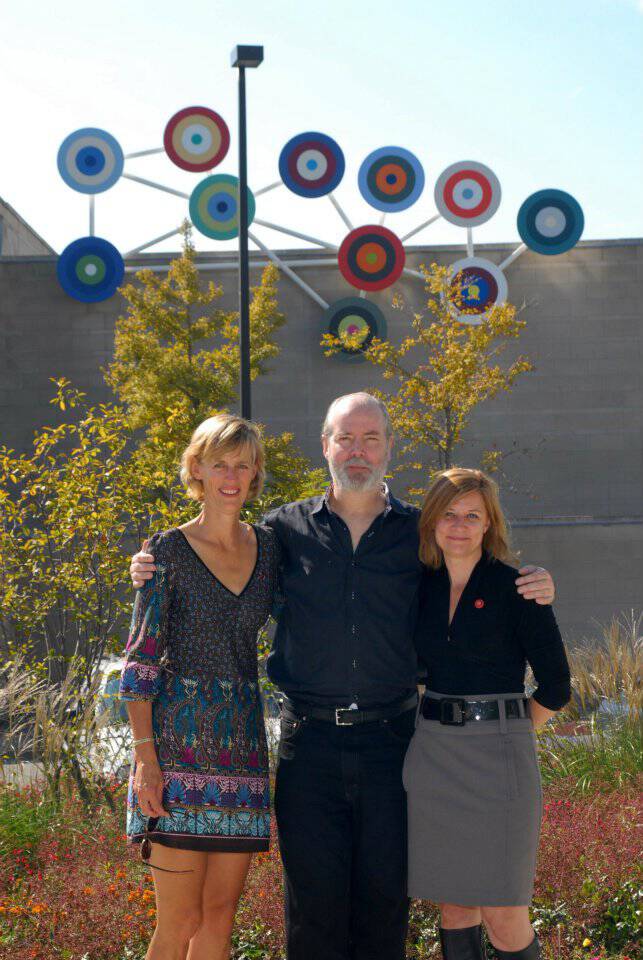
The installation of Group Portrait 1957 with artist Douglas Coupland, Senior Curator Linda Jansma and former CEO Gaby Peacock
RMG: What’s your favourite part of your job?
LJ: The favourite part of my job is connecting with artists. It is wonderful to work with artists to assist in bringing their visions to fruition through exhibitions and to see the development of their work.
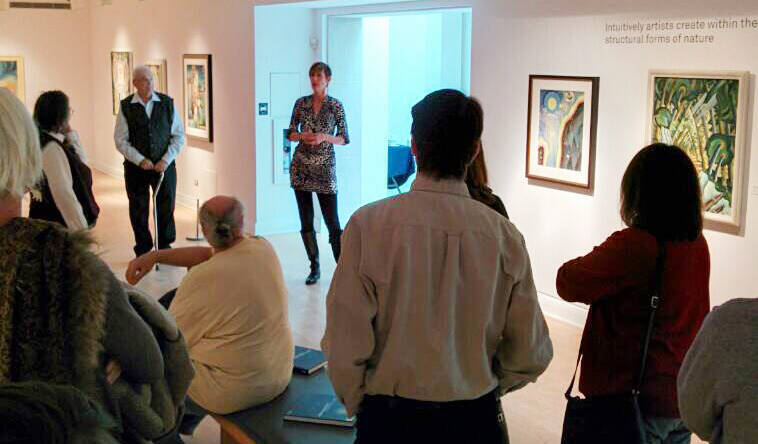
Linda Jansma speaks about Jock Macdonald.
RMG: What are 5 things you couldn’t live without in your job?
LJ: The five things I couldn’t live without include:
- My amazing RMG colleagues
- My computer
- The combination to the vault
- Art websites, Art Books, Art magazines + the RMG library
- The internet
RMG: What do you get up to outside of the RMG?
LJ: This past weekend I took a road trip to the Albright-Knox Art Gallery and the Art Gallery of Hamilton. A lot of my “down” time involves going to other galleries! I also love to go to the theatre, travel, hop on my bicycle or hang out in my gardens.
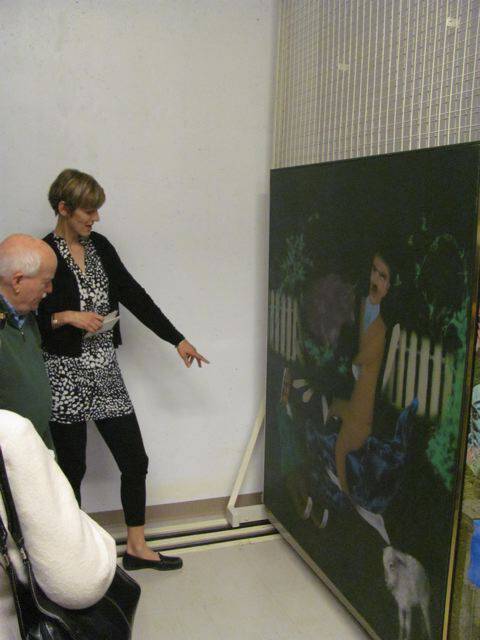
Louis de Niverville and Senior Curator Linda Jansma examine Sunset Farm #3













